20 Delicious Ways to Pack More Protein Into Your Diet
Getting enough protein doesn’t require a strict meal plan or a fridge full of chicken breast. These strategies are practical, tasty, and surprisingly flexible. The key is picking the right ingredients at the right time and keeping things interesting enough to stick with. Here are twenty creative ways to do just that.
Start Breakfast With Eggs Instead of Cereal

Credit: Canva
Eggs pack over six grams of protein each and carry nutrients like choline and selenium. Three eggs in the morning offer nearly 20 grams of protein—far more than most boxed cereals. Studies show egg-based breakfasts help curb appetite longer and reduce overall calorie intake.
Swap Yogurt for the Greek Kind

Credit: Canva
Greek yogurt’s thicker texture comes from straining out the liquid whey, which also concentrates the protein—about 20 grams in a 7-ounce serving, roughly double that of regular yogurt. It’s rich in calcium and probiotics, too. Add a handful of berries or a touch of honey for an easy, balanced snack.
Toss Edamame Into Snacks and Salads
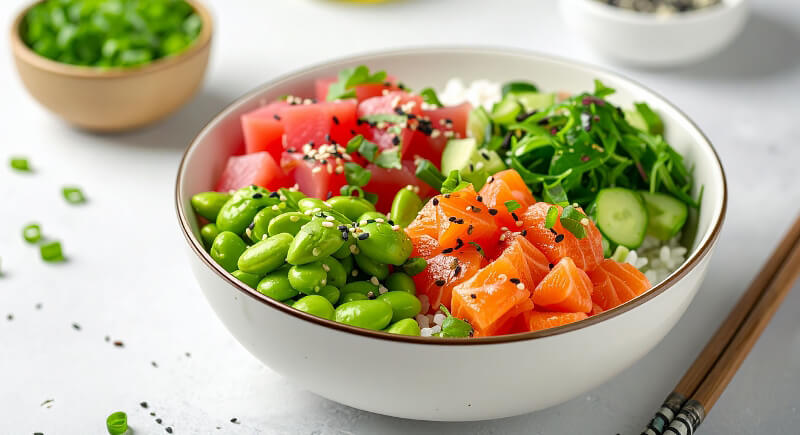
Credit: TrueCreatives
Edamame is one of the rare plant foods that’s a complete protein, with all nine essential amino acids. One cup contains nearly 19 grams of protein and can be steamed in just a few minutes. It’s great enough as a solo or on top of rice bowls.
Add Chopped Almonds to Just About Anything

Credit: Getty Images
Almonds add crunch, sure, but a one-ounce serving also packs six grams of protein. They work well beyond trail mix. Toss them onto sautéed veggies or crush them into crusts for savory dishes. They also contain vitamin E and magnesium, which your muscles will appreciate.
Upgrade Your Bread to Ezekiel
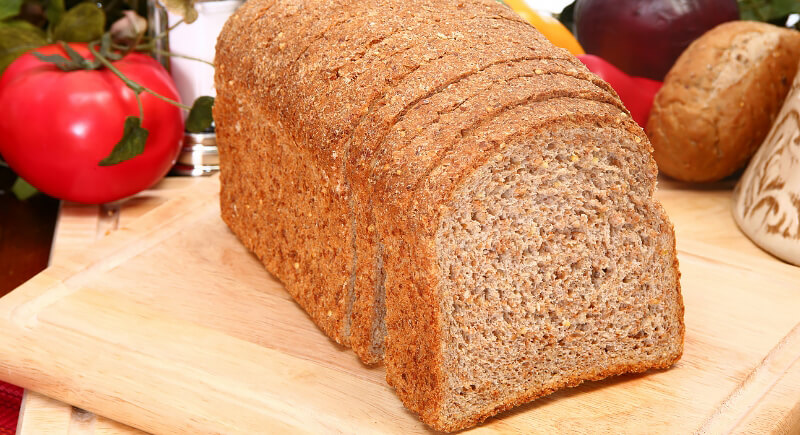
Credit: Getty Images
Ezekiel bread is made from sprouted grains and legumes, and offers six grams of protein per slice. Its ingredient list includes lentils, soybeans, and millet—grains that give it extra staying power.
Go Bigger on Lean Cuts of Meat

Credit: Canva
Choosing slightly larger portions of lean meat can lift your protein intake without drastically increasing calories. Sirloin steak, for instance, provides 26 grams of protein in just three ounces. Boneless, skinless chicken breast or turkey also delivers a strong protein punch with minimal fat.
Mix Cottage Cheese Into More Than Breakfast
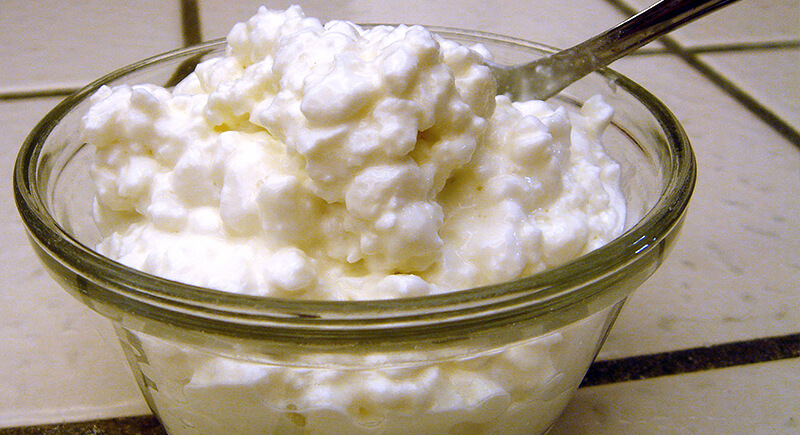
Credit: Wikimedia Commons
At 28 grams of protein per cup, it works in both sweet and savory dishes. Mix it into scrambled eggs, layer it into lasagna, or spoon it into pancake batter. It’s also rich in casein (a slow-digesting protein), and keeps hunger away longer.
Stir Peanut Butter Into Unexpected Places
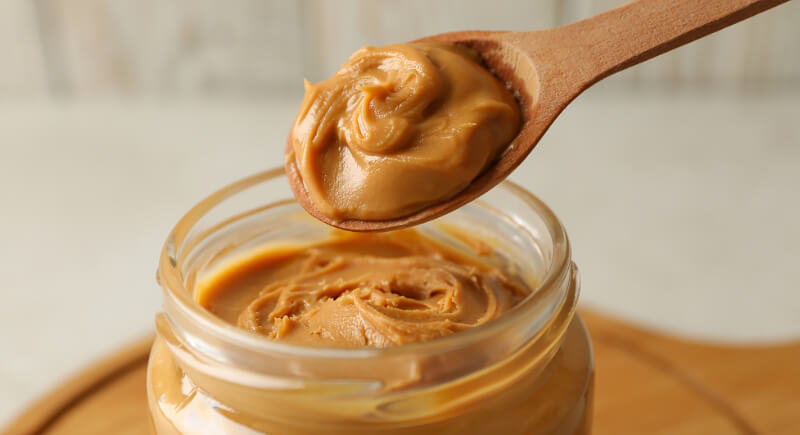
Credit: Canva
Peanut butter isn’t just for toast. It adds richness to oatmeal, smoothies, noodles, and even spicy sauces. Go for natural versions made without added sugar or hydrogenated oils. Its balance of protein and healthy fats keeps you satisfied, while the nutty flavor complements both sweet and savory meals.
Build Your Own Protein Shake

Credit: Getty Images
When time is tight, a homemade shake with whey or soy protein is a quick fix. One scoop can add around 25 grams of protein, making it ideal after workouts or on busy days. Blend it with milk, fruit, or oats for a filling drink that keeps your energy steady.
Keep Lean Jerky on Hand

Credit: Canva
Jerky is an easy, portable snack that doesn’t need refrigeration. Look for options with less sodium and little to no added sugar. Turkey and salmon versions are great if you prefer something lighter than beef. Each ounce still packs about 10 grams of protein, making it a smart grab-and-go choice.
Top Meals With Pumpkin Seeds
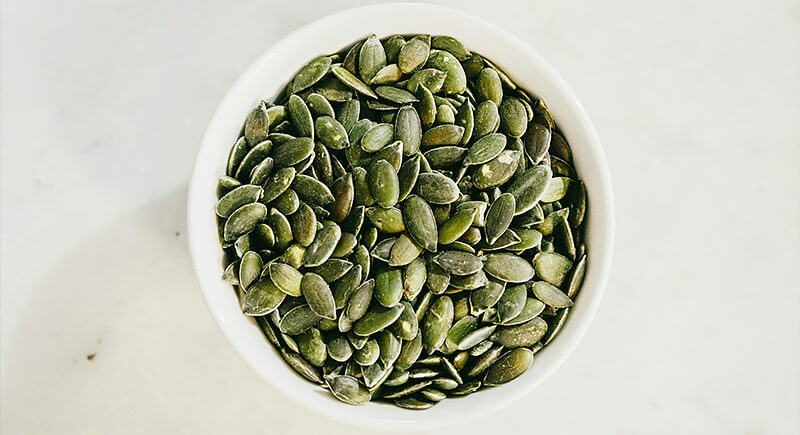
Credit: pexels
These small seeds pack nearly nine grams of protein in just a quarter-cup. They’re also rich in zinc and magnesium. Add them to roasted veggies or soups. They work well in homemade granola or trail mix, too. Toasting them lightly brings out a deeper, nuttier flavor.
Fold Lentils Into Your Cooking Routine
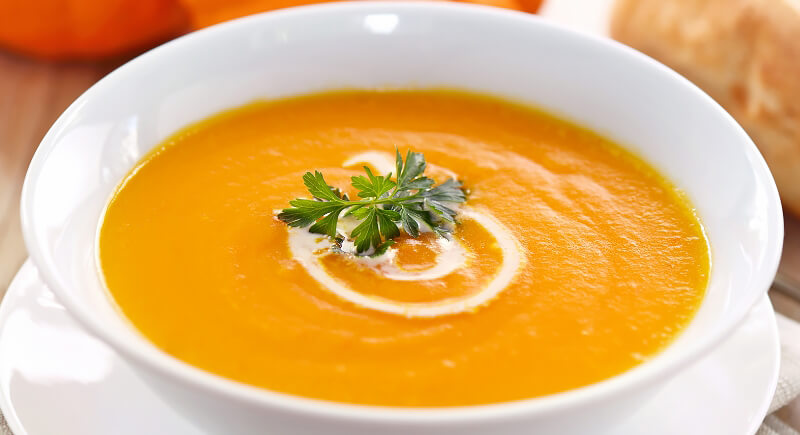
Credit: Getty Images
Lentils don’t need soaking and cook quickly. Use them in soups, salads, pasta sauces, or even taco fillings. They also contain iron, fiber, and folate, making them useful beyond just protein. Their mild flavor takes on whatever seasoning they’re paired with, so they’re easy to experiment with.
Use Milk in Place of Water When Cooking
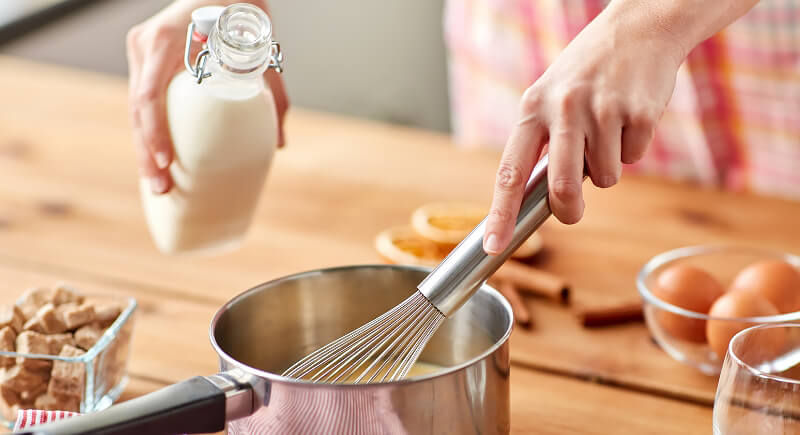
Credit: Canva
Cooking grains like rice or instant potatoes with milk instead of water adds subtle creaminess and extra protein. One cup of milk contains over eight grams of protein, plus calcium and vitamin B12. It’s a small switch that adds up if done consistently. Works especially well in sauces or pancake batter.
Slide Hard-Boiled Eggs Into Snacks
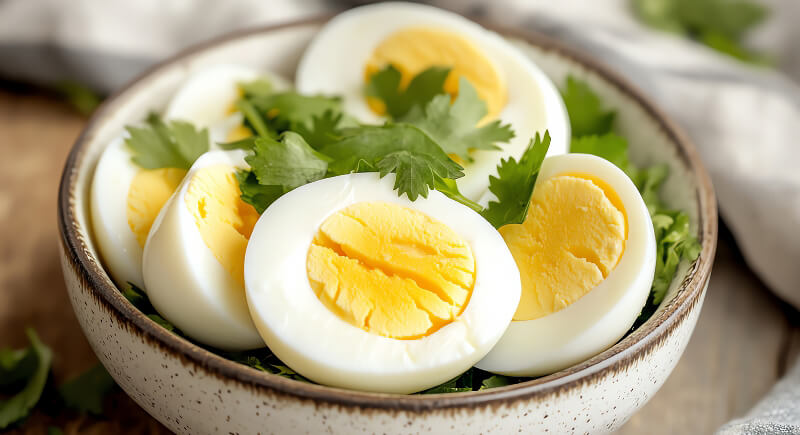
Credit: Langithitam
Eggs are portable and require no reheating. Boil a batch at the start of the week and grab them when hunger hits. Add them to salads, sandwiches, or grain bowls, or slice them over avocado toast. They’re a low-effort way to keep your protein levels steady.
Try Tofu in Stir-Fries and Beyond
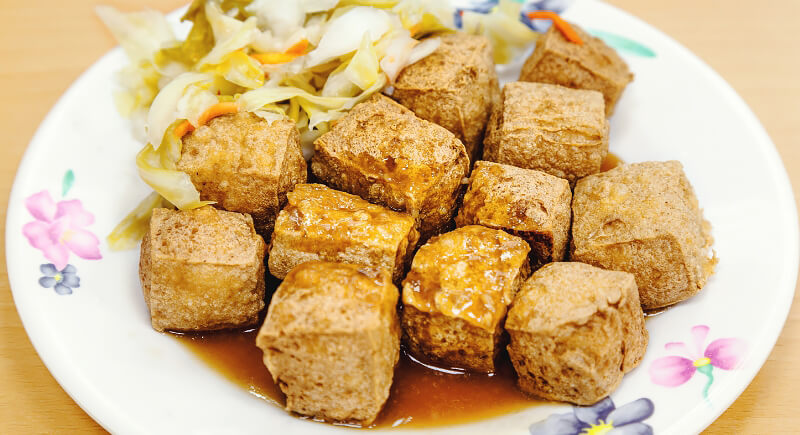
Credit: Getty Images
Tofu works well in many dishes, from stir-fries to desserts. Firm and extra-firm types hold their shape and soak up flavor when marinated. A half-block provides around 20 grams of protein along with iron and calcium, which is why it’s a favorite in vegetarian and vegan cooking.
Toss Canned Fish Into Salads or Sandwiches

Credit: Getty Images
Canned tuna, salmon, sardines, and mackerel are quick ways to add heart-healthy omega-3s and strong flavor to simple meals. They mix easily with yogurt or mustard for a lighter salad or taste great on whole-grain crackers. Each 3.5-ounce can gives more than 19 grams of protein.
Add Ricotta to Pasta, Toast, or Desserts
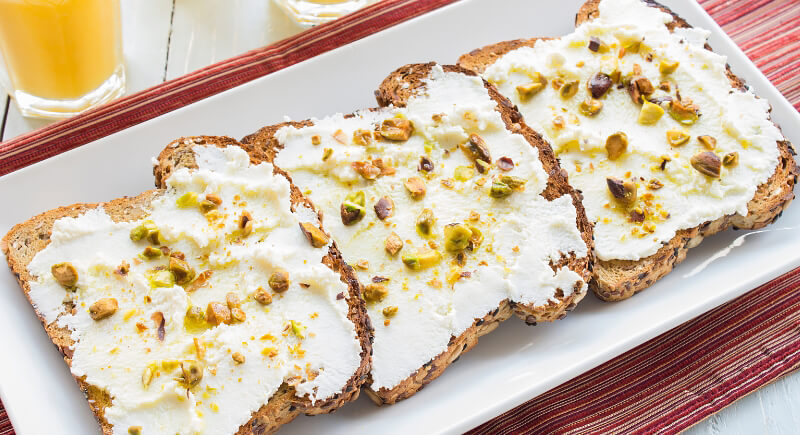
Credit: Getty Images
Ricotta has a soft texture and mild sweetness that fits into both savory and sweet recipes. It blends smoothly in pasta fillings or spreads nicely on toast. A half-cup has about 14 grams of protein and brings a rich, creamy balance to any dish.
Sneak in Protein With Dry Milk Powder
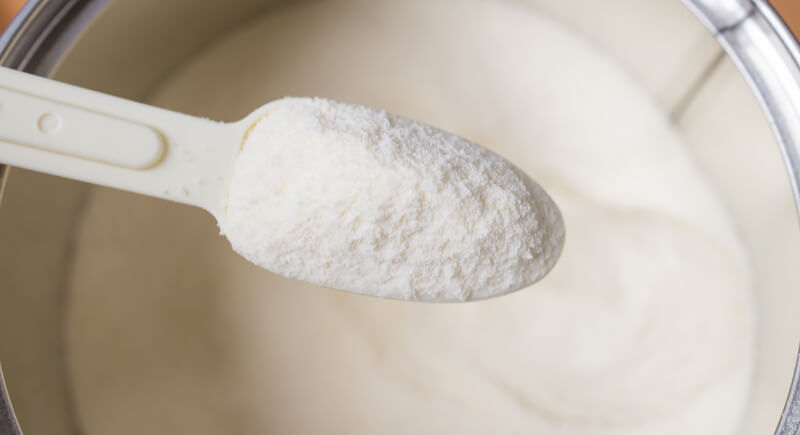
Credit: Canva
Nonfat dry milk blends invisibly into recipes and adds protein without changing taste. Mix it into pancake batter, sauces, mashed potatoes, or muffins. A quarter-cup adds eight grams of protein and helps enrich dishes that wouldn’t otherwise contribute much. It travels easily and doesn’t require refrigeration.
Roast Chickpeas for Crunchy Snacking

Credit: Reddit
Crispy roasted chickpeas contain about 15 grams of protein per cup. They’re simple to make: toss with olive oil and spices, then bake until golden. Store in a jar for easy snacking or toss into salads for added texture. Their crunch makes them a satisfying alternative to chips.
Add Beans to Ground Meat Dishes
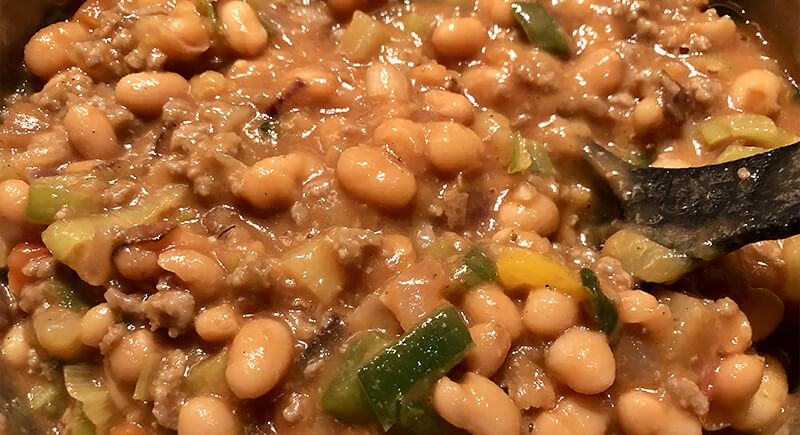
Credit: Reddit
Ground turkey or beef can stretch further when combined with various beans. It not only ups the fiber but adds an extra dose of protein—up to 15 grams per cup. Mix into tacos, burgers, chili, or pasta sauce. It’s budget-friendly and helps balance the meal with plant-based nutrients.